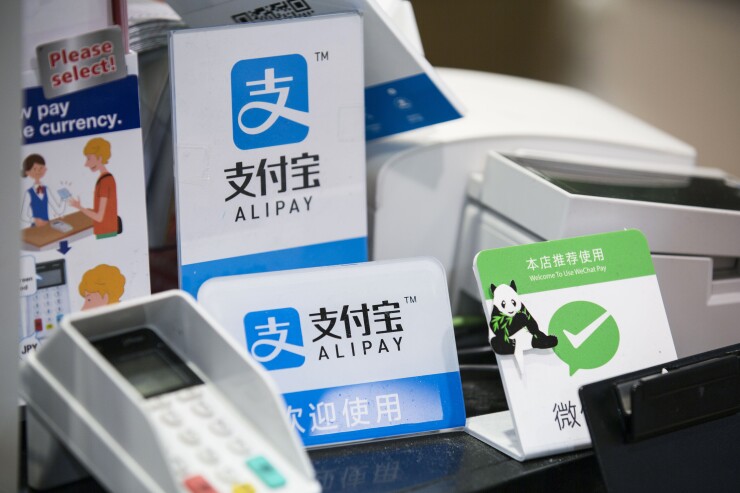For retailers, making the transformation to accept digital payment is not merely about changing the POS system, it’s about changing the mindset of doing business.
Going cashless has made the transaction easier. Customers frequently make low to mid-value purchases, such as paying for coffee, breakfast, transportation, etc. The development in fintech also allows customers to shop with their credit allowance from the digital wallets, including Alipay’s Huabei and JD’s Baitiao.
Retailers should also notice that each transaction with customers contains more than the currency, it contains the potential opportunity to establish a relationship.

We are seeing an increasing number of European retailers starting to accept Chinese mobile payment in-store to capture the attention of Chinese tourists. The advantages are obvious. The customers will not worry about having insufficient cash or credit card security issues. Customers pay a transparent price with automatically adjusted currency exchange, saving the hassle of calculating the exchange rate.
It makes sense for retailers to adopt more payment options as an omnichannel strategy.
Adopting WeChat Pay or other mobile payments also opens new possibilities for retailers to reach customers. To leverage the full capacity of mobile payment, retailers should also consider integrating their marketing strategy and membership program. WeChat’s mini-app function is currently used by over 170 million consumers on a daily basis, improving experiences such as shopping, checking information and group purchase. It is an emerging tool that retailers should look into.
When speaking about mobile payments, Alipay and WeChat Pay take similar forms, but they are very different in nature. Alipay and WeChat Pay both represent different digital eco-systems in China, one in e-commerce, and one in social. Latest research from Analysys shows that Alipay accounts for 53% of market share, while Tenpay (WeChat Pay and QQ Pay) accounts for 39%.
With Tencent forming its own version of a retail alliance in China with JD, Carrefour and Yonghui, the competition between the two alliances will likely escalate.
With daily active users over 900 million, WeChat dominates China’s social media platform. Retailers with exclusive agreements with Alibaba could miss the growing social-commerce trends on WeChat, such as marketing influencers called key opinion leaders (KOLs) and various forms of social sharing activities.





